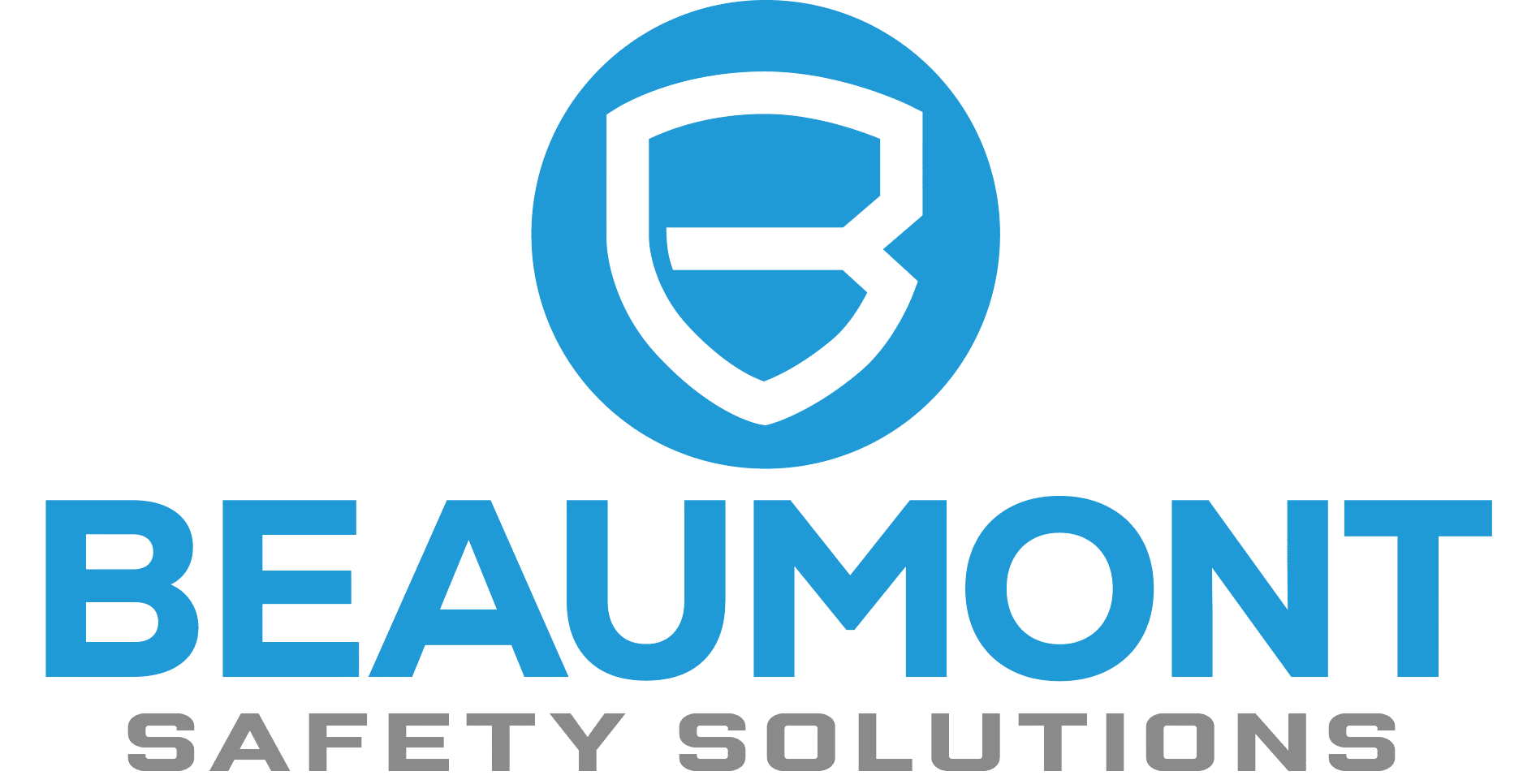SafeWork NSW has issued an important safety alert following several incidents where culturally and linguistically diverse (CALD) workers were seriously injured. This alert highlights the need for specific safety measures to protect vulnerable worker groups.
High-Risk Worker Groups
The safety alert identifies four groups of workers who are at a higher risk of workplace injuries:
- Culturally and linguistically diverse (CALD) workers
- Labour hire workers
- Migrant workers
- Young workers
CALD and migrant workers, in particular, are more susceptible to workplace injuries compared to other workers.
Recommended Safety Measures
To address the risks faced by CALD and migrant workers, SafeWork NSW suggests implementing several ‘reasonably practicable’ control measures, including:
- Translation of Training Materials: Ensure that induction, theory, audio, and video training materials are available in the languages spoken by CALD and migrant workers.
- Competency Validation: Implement and validate competency systems before workers engage in high-risk tasks to ensure they are adequately prepared.
- Translated Procedures: Translate workplace procedures into the relevant dialects to ensure clear understanding.
- Consultation Representatives: Designate representatives to consult with CALD workers, ensuring their concerns are heard and addressed.
- Supervision for New Workers: Provide appropriate supervision for new workers to guide them through their initial period.
- Qualified Trainers: Ensure trainers are competent in training and assessing new workers effectively.
Conclusion
By adopting these measures, workplaces can create a safer environment for all workers, especially those from culturally diverse backgrounds. Recognizing the unique challenges faced by CALD and migrant workers and implementing strategies to support their safety and well-being is crucial.
For more detailed information, refer to the full safety alert issued by SafeWork NSW. Let’s work together to ensure every worker can perform their duties safely and confidently.
Note: This summary is based on information from SafeWork NSW and the Australian Institute of Health and Safety (AIHS).



